Select an Orthopaedic Specialty and Learn More
Use our specialty filter and search function to find information about specific orthopaedic conditions, treatments, anatomy, and more, quickly and easily.
GET THE HURT! APP FOR FREE INJURY ADVICE IN MINUTES
Shoreline Orthopaedics and the HURT! app have partnered to give you virtual access to a network of orthopaedic specialists, ready to offer guidance for injuries and ongoing bone or joint problems, 24/7/365.
Browse Specialties
-
- Arthritis
- Fractures, Sprains & Strains
- Joint Disorders
- Physical Medicine & Rehabilitation (PM&R)
- Shoulder
- Sports Medicine
AC Joint Issues
Although many things can happen to the AC joint, the most common conditions are fractures, arthritis and separations. When the AC joint is separated, it means that the ligaments are torn and can no longer keep the clavicle and acromion properly aligned. Arthritis in the joint is characterized by a loss of the cartilage that allows bones to move smoothly and is essentially due to wear and tear.
More Info -
- Foot & Ankle
- Fractures, Sprains & Strains
- Sports Medicine
Ankle Sprain
When a ligament is forced to stretch beyond its normal range, a sprain occurs. A severe sprain causes actual tearing of the elastic fibers of the ligament. A sprained ankle is a very common injury that produces pain and swelling.
More Info -
- Joint Disorders
- Muscle Disorders
- Shoulder
- Sports Medicine
Biceps Tendinitis
Inflammation of a tendon is called tendinitis. An inflammation or irritation of the upper biceps tendon is called long head of biceps tendinitis. Inflammation is the body’s natural response to injury, disease, overuse or degeneration, and it often causes swelling, pain or irritation.
More Info -
- Joint Disorders
- Ligament Disorders
- Muscle Disorders
- Shoulder
Chronic Shoulder Instability
Chronic shoulder instability is the persistent inability of these tissues to keep the arm centered in the shoulder socket, so the shoulder is loose and slips out of place repeatedly. Once a shoulder has dislocated, or the shoulder’s ligaments, tendons and muscles become loose or torn, that shoulder is vulnerable to repeated dislocations.
More Info -
- Muscle Disorders
- Sports Medicine
Contusions or Bruises
Muscle contusions, or bruises, are second only to strains as a leading cause of sports injuries. Most contusions are minor and heal quickly, without requiring the athlete to be removed from the game. However, severe contusions can cause deep tissue damage, which may lead to complications and/or keep the athlete out of sports for months.
More Info -
- Diagnostics & Durable Medical Equipment (DME)
- Sports Medicine
DARI 3D Motion Capture Scan
DARI Motion gives us deeper insight into your motion health by allowing us to see and measure your ability to move from different perspectives within minutes. By identifying specific areas that need more attention, DARI helps us provide a more personalized, targeted plan of care.
More Info -
- Foot & Ankle
Equinus
When the ankle joint lacks flexibility and upward, toes-to-shin movement of the foot (dorsiflexion) is limited, the condition is called equinus. Equinus is a result of tightness in the Achilles tendon or calf muscles (the soleus muscle and/or gastrocnemius muscle) and it may be either congenital or acquired. This condition is found equally in men and women, and it can occur in one foot, or both.
More Info -
- Fractures, Sprains & Strains
- Sports Medicine
Fractures
A fracture is a broken bone. Although bones are rigid, they do bend with limited flexibility when outside force is applied. When that force is too great, the bone will fracture. Common causes of fractures include: trauma, such as auto or sports-related accidents; osteoporosis, which can weaken the bone; or overuse caused by repetitive motion that can tire muscles and place excess force on the bone, resulting in stress fractures like those most often seen in athletes.
More Info -
- Foot & Ankle
- Pediatric Injuries
Pes Plano Valgus (Flexible Flatfoot in Children)
When a child with flexible flatfoot stands, the arch of the foot disappears. The arch reappears when the child is sitting or standing on tiptoes. Although called “flexible flatfoot,” this condition always affects both feet.
More Info -
- Neck and Back (Spine)
Preventing Back Pain
Back pain can vary according to the individual and underlying cause. The pain may dull, achy, sharp, stabbing, or it may feel like a cramp, or “charley horse.” The intensity of pain may worsen with certain activities, such as bending, lifting, standing, walking or sitting.
More Info -
- Elbow
- Fractures, Sprains & Strains
- Joint Disorders
Radial Head Fractures of the Elbow
Although attempting to break a fall with outstretched hands may be an instinctive response, the force of the impact can travel up the forearm and result in a dislocated elbow or break in the radius, which often occurs in the radial head.
More Info

